Also on the list of lower-power Intel Raptor Lake Refresh processors with 65W TDP is the Core i5-14400F. That is, a model that, mainly because of its attractive price-performance ratio, often ends up in lower-budget PC builds. In the 14th generation, Intel sped up the single-core boost and also E cores. And there are more changes in the small details. For example, the fact that different steppings built on different silicon are again common in e-stores. Read more “Intel Core i5-14400F – refresh in the most popular range”
Category: Processors
65W and 35W Intel Raptor Lake Refresh CPUs are available now
Hardly a surprise as news of these CPUs was leaked long ago, but Intel has now launched the main part of its new generation of desktop processors during CES 2024 – the 14th-gen Core CPUs with 65W and 35W (nominal) TDP, i.e. regular models with a locked multiplier. Until now, only the 125W K models for enthusiasts have been on the market, but there’s finally more affordable models out, as well as the low-power T-labeled options. Read more “65W and 35W Intel Raptor Lake Refresh CPUs are available now”
Intel launches new Emerald Rapids Xeon CPUs with fast cadence
Last week, Intel released 4nm Meteor Lake processors with long-awaited chiplet architecture. At the same time, Intel is also releasing the second generation of chiplet Xeons called “Emerald Rapids”. It follows very quickly after the previous “Sapphire Rapids” and, along with various improvements and fixes, it curiously walks back on chiplets a bit, as it uses only two instead of four. This has not only reduced costs but also power draw. Read more “Intel launches new Emerald Rapids Xeon CPUs with fast cadence”
Zhaoxin KX-7000: China’s new x86 CPU surprises with 3.7 GHz clock
While the US has blacklisted various Chinese CPU manufacturers, Zhaoxin keeps rolling with its x86 processors (albeit rooted in non-Chinese Centaur Technology and VIA). And now they have a new generation of x86 processors, dubbed the KX-7000, which could be its most interesting effort yet (perhaps like the recent Loongson 3A6000). It is a chiplet processor that also seems to have finally ended the tradition of insufficient clock speeds. Read more “Zhaoxin KX-7000: China’s new x86 CPU surprises with 3.7 GHz clock”
Amazon unveils 96-core ARM Graviton4 CPU and Trainium2 AI chip
Last month, Microsoft unveiled their first custom processors being developed for datacenter and Azure services. Also Amazon, which was the first of these US hyperscalers to go the custom hardware route, is now launching new CPUs for its servers. And with it Trainium2, already the second generation of an in-house developed AI accelerator. Amazon also revealed that it has already produced over two million of its CPUs. Read more “Amazon unveils 96-core ARM Graviton4 CPU and Trainium2 AI chip”
Ryzen 8000G parameters leaked. Ryzen 5000GT for AM4 is coming
It looks like AMD could launch quite a few new desktop processors after the turn of the year. Last week, alleged specifications of Ryzen 8000Gs were leaked, which will be a desktop version of the 4nm Phoenix SoC with Zen 4 architecture. At the same time, reports appeared telling of new upcoming releases for the old AM4 platform, which is supposedly getting new models again, perhaps also some APUs with integrated graphics. Read more “Ryzen 8000G parameters leaked. Ryzen 5000GT for AM4 is coming”
Zen 6 document leak: More cores, PCIe 6.0 and 2.5D packaging
Some time ago, youtuber Moore’s Law Is Dead leaked the first information with AMD’s Zen 6 architecture coming after the yet-to-be-released Zen 5. Now he has another juicy rumor regarding these CPUs, which could come to market in 2026 (late 2025 at best), as he has received documents showing a server and embedded version of them. These designs may however reveal quite a bit about desktop Ryzens with this architecture as well. Read more “Zen 6 document leak: More cores, PCIe 6.0 and 2.5D packaging”
Ryzen 8000G APUs launch in two months, Gigabyte reveals date
It looks like we finally have an answer to the question of when AMD will finally release “APUs”, or power-efficient monolithic processors with a beefy integrated GPU for the AM5 platform. It was revealed by Gigabyte, and while that isn’t directly from AMD, Gigabyte should be well informed (although the information likely wasn’t supposed to be shared publicly). The company announced the release date of the APUs in a press release. Read more “Ryzen 8000G APUs launch in two months, Gigabyte reveals date”
Intel Core i9-14900K: The most powerful for desktop
The top model of the 14th generation of Intel Core (Raptor Lake Refresh-S) processors has outperformed everything that has come out for desktop computers so far. In speed, but also in power draw. On the one hand, the 6 GHz metric for single-threaded applications has been reached and the clock speeds are very high even under all-core boost, the side effect is that the Core i9-14900K’s power draw can sometimes spike up to 400 W. Read more “Intel Core i9-14900K: The most powerful for desktop”
Big.LITTLE Ryzen out officially: Phoenix 2 APU with Zen 4c cores
In the summer, we reported that AMD started using Zen 4c cores in its Ryzen 7000 laptop processors. AMD appeared to use a new die with small (or compact) Zen 4c cores known as Phoenix 2 or unofficially Little Phoenix to make four and six-core models, alongside the standard versions based on a stripped-down Phoenix chip containing eight big Zen 4 cores. But the release of these APUs has been officially announced by AMD only now. Read more “Big.LITTLE Ryzen out officially: Phoenix 2 APU with Zen 4c cores”
Intel Core i7-14700K: Four extra E cores can work wonders
The Core i7-14700K processor is the only 125-watt model from the Intel Raptor Lake-S Refresh generation that has undergone a core configuration change between generations. With more “efficient” ones, this processor is halfway to the Core i9-(14900K/13900K), but at the price of a Core i7. The Ci7-14700K is thus significantly more powerful than the Ci7-13700K for the same money. Especially in heavy multi-threaded workloads. Read more “Intel Core i7-14700K: Four extra E cores can work wonders”
Correction: No Core i5-14600K anomaly in CS:GO, our bad
The presentation of Counter-Strike: GO results in the recent Core i5-14600K CPU test was incorrect. The big difference in the graphs compared to the Ci5-13600K to the detriment of the newer model was due to a human error. In fact, the 20-core Intel Raptor Lake Refresh processor performs as expected, adequately for its hardware specs. Thus, in this regard, you need not have the slightest concern. Read more “Correction: No Core i5-14600K anomaly in CS:GO, our bad”
Intel Core i5-14600K in tests against 30 processors
In the Raptor Lake Refresh generation, Intel has gone a bit harder and increased the clock speeds in the Core i5 class. This has led to higher application and gaming performance, but by pushing the manufacturing process to its limits, power draw has naturally increased, and with it comes poorer efficiency. The latter may not be that important for someone and the main thing is that the processor can be comfortably operated even with a “normal” cooler. Read more “Intel Core i5-14600K in tests against 30 processors”
14th generation Core is here. Intel calls i9-14900K the fastest CPU
Intel didn’t unveil the new Raptor Lake Refresh or 14th-generation Core desktop processors at September’s Intel InnovatiOn conference, as we expected (they only made a very marginal appearance). But now this new generation of CPUs for the LGA 1700 platform has been officially announced: we have the final specs and suggested prices for the six K/KF series models that are now going on sale. They should be in stores from today. Read more “14th generation Core is here. Intel calls i9-14900K the fastest CPU”
Intel plans: 2nm processors next year, 1.8nm Panther Lake in 2025
Intel took a symbolic “step into the future” by unveiling Meteor Lake processors now, for the first time using TSMC-manufactured silicon as well as advanced chiplet design with 3D Foveros technology. Meteor Lake will come out at the end of the year, but Intel has also revealed a roadmap of processors for PCs and laptops, showing what will come after it. Three new generations or families of “lake” processors are coming in 2024 and 2025. Read more “Intel plans: 2nm processors next year, 1.8nm Panther Lake in 2025”




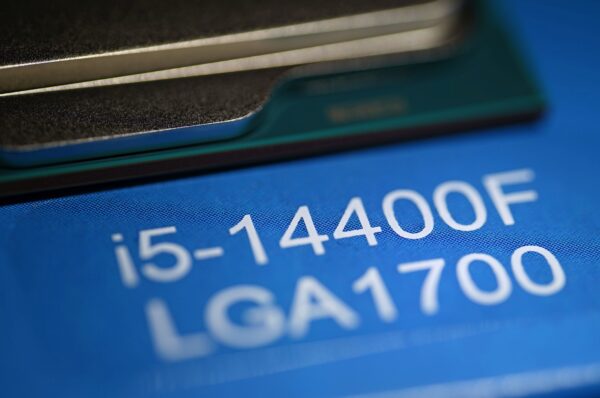

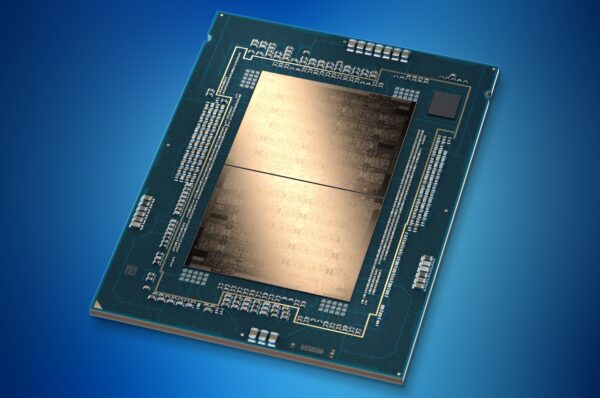
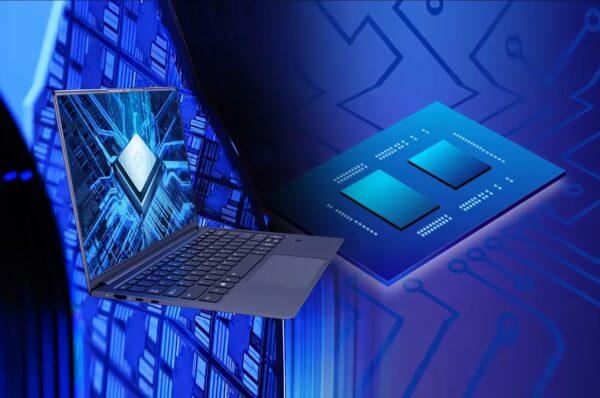
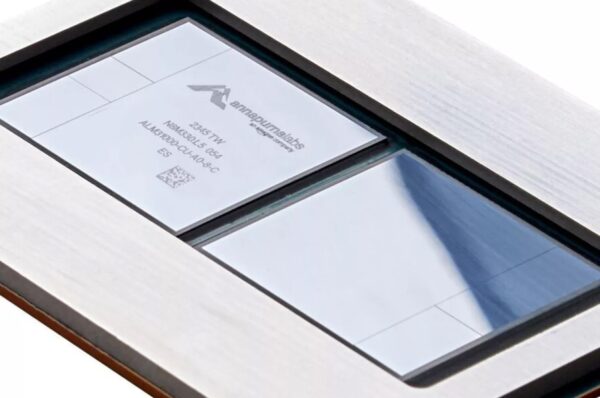
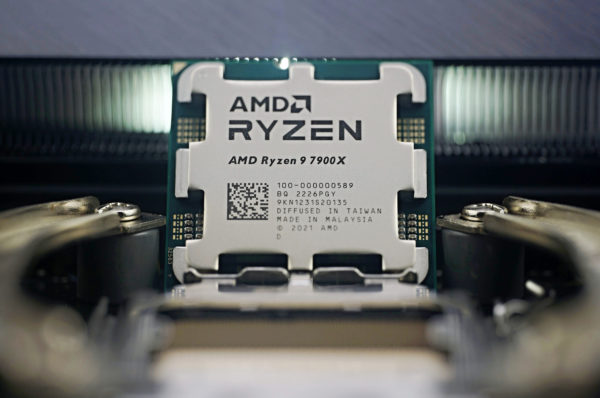
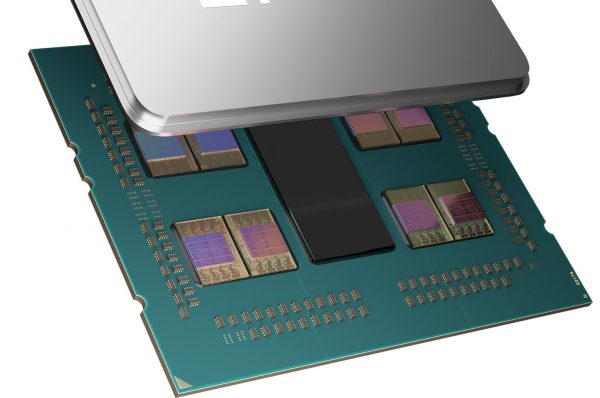
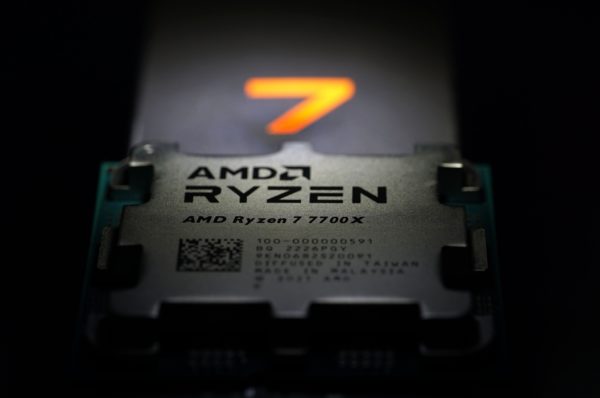

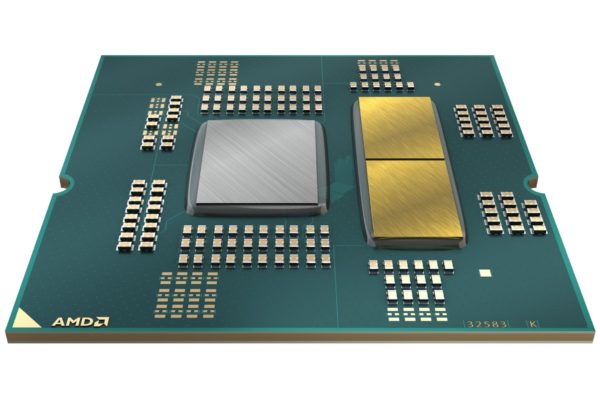

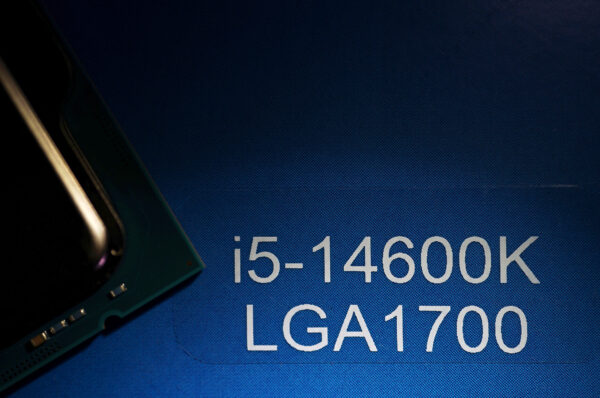
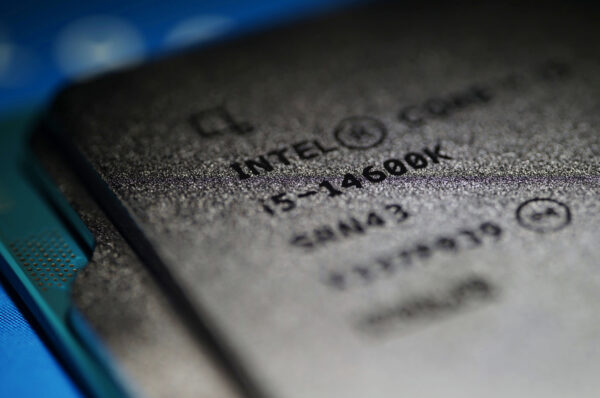
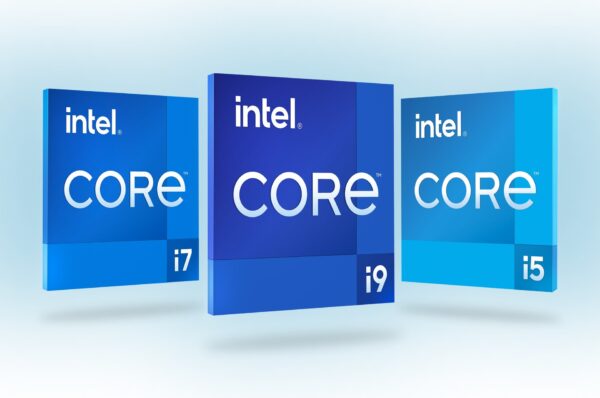
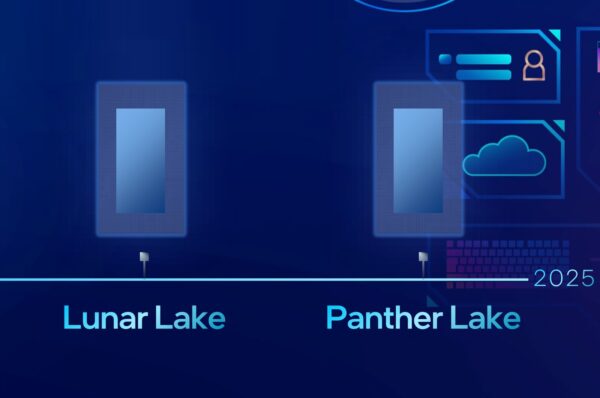



Latest comments